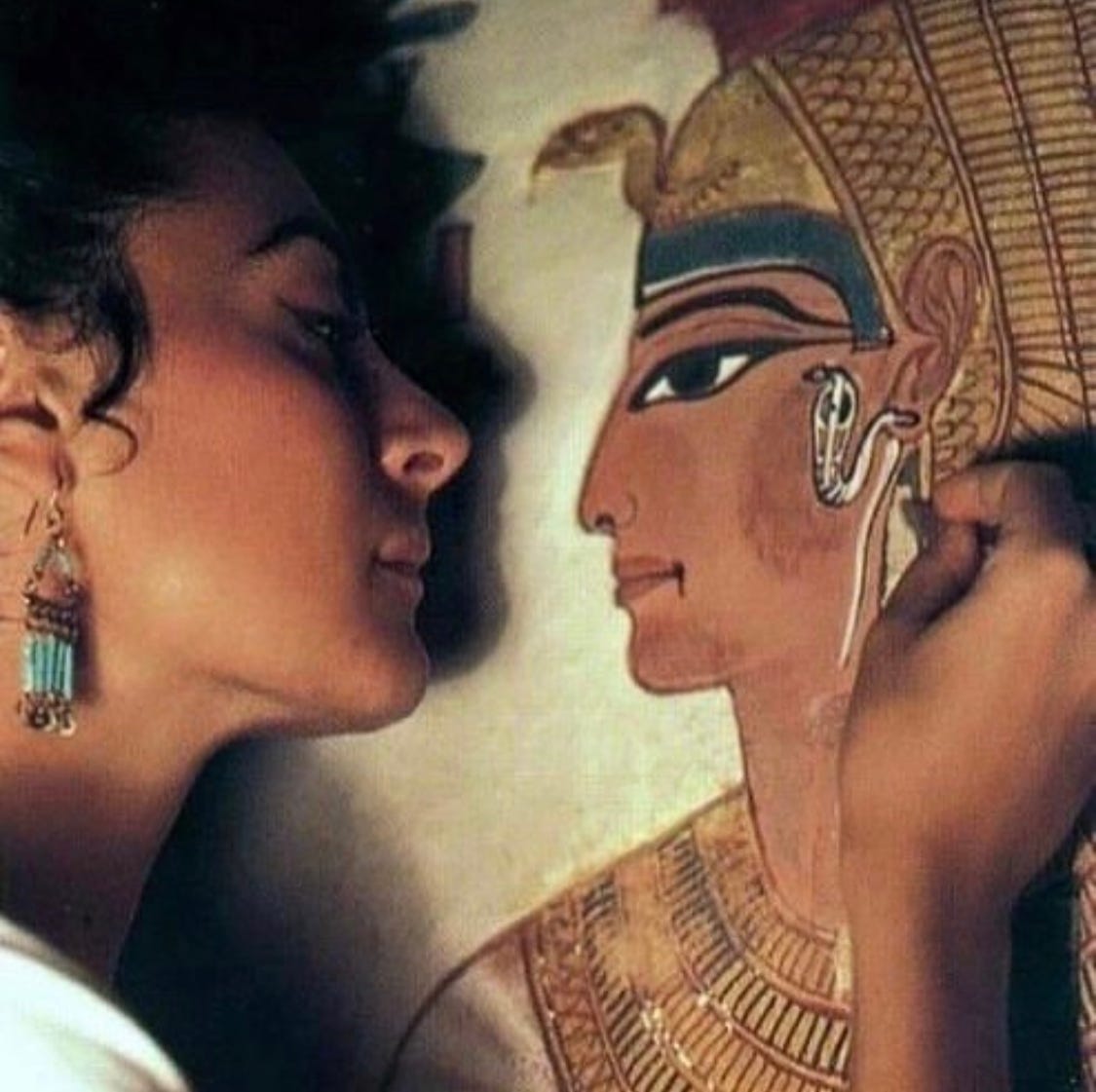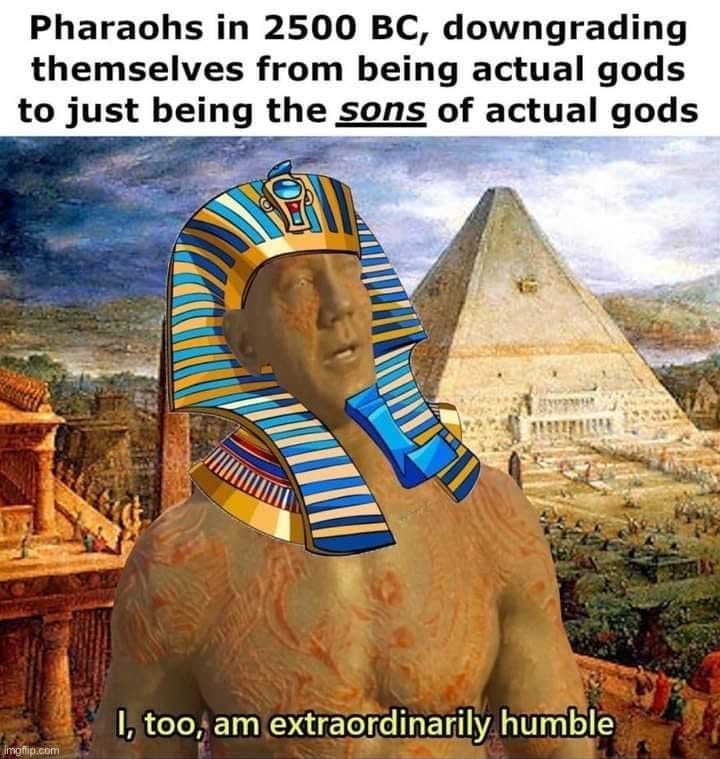As I mentioned in my last few posts, I’m going to be spending some time breaking down the fin de siècle boom in literature and cinema fetishizing Ancient Egyptian religion and myths (such as the evil resurrected mummy). Between the 1840s and 1930s a slew of fiction work over these tropes was produced by such authors as Agatha Christie, Bram Stoker, Sir Arthur Conan Doyle, Edgar Allen Poe, Louisa May Alcott, and HP Lovecraft; all of which were highly influential for the subsequent mummy movies made and remade many times from the 1930s -1960s, and then again in the 1990s.
In the following few newsletters I try to break down what led to this obsession as an excuse to talk about Halloween-adjacent things.
Supplying Europe’s largest national museums
We left off discussing the influence of Napoleon Bonaparte’s campaign in Egypt and how it helped spur worldwide interest in Ancient Egypt. Namely due to:
The establishment of the Institut d'Égypte (1798)
The discovery of the Rosetta Stone (1799)
Publication of Description de l’Egypte (1809-1818)
Then came the French savants’ surrender of artefacts and research to the British, which were then deposited in the British Museum with great success among the public. The positive reception of the exhibition of Egyptian antiquities kicked off a period of enthusiastic excavations to supply the major national museums in Europe (principally the British Museum, the Louvre, the Berlin Museum, and the Egyptian Museum of Turin). The majority of these collections were sourced by the so-called Consular Collectors, Henry Salt (British Consul General of Egypt 1815-1827) and Bernardino Drovetti (French Consul General of Egypt 1820-1829). Drovetti and Salt worked with a large network of agents who scoured Egypt for antiquities on their behalf, although Drovetti was known to be more hands on in these searches while Salt generally relied on others. In the process the two frequently tried to hinder each other. Preservation wasn’t so much of a concern at the time, especially for Drovetti who was said to even destroy pieces to increase scarcity.
Lets return to the Rosetta Stone real quick…
Up to the point in time when the Rosetta Stone was discovered (1799) hieroglyphic script had not been used since 394 AD and had remained indecipherable. Ancient Roman and Greek historians had made some feeble attempts at cracking the code, usually concluding that it functioned as purely a symbolic language. In the fourth century AD an elusive Greek figure named Horapollo even wrote a two volume work called Hieroglyphica which served as a sort of dictionary in which he lists the various glyphs and the symbolic meanings he guessed they represented. Arabic scholars of the Early Middle Age had a little more success in understanding hieroglyphic script when historian and alchemist Abu Bakr ibn Wahshiyah correctly hypothesized that the script was also phonetic in nature.
Although the Rosetta Stone was quickly surrendered to the British after it was discovered, copies of the inscription had made its way around the world and many concurrent attempts were being made at translation. The person credited with first successfully translating it was French scholar Jean-François Champollion in 1822. Due to several missing areas on the stone and nuances between the languages on the stone, there is no definitive translation; however, his work was key to understanding and deciphering hieroglyphic script.
The Egypt Exploration Society
The ravages left in the wake of Henry Salt and Bernardino Drovetti, along with the sharp uptake in Egyptian tourism, were remarked upon in Amelia B. Edwards’ immensely popular travel book A Thousand Miles Up the Nile.
Such is the fate of every Egyptian monument, great or small. The tourist carves it over with names and dates, and in some instances with caricatures. The student of Egyptology, by taking wet paper "squeezes" sponges away every vestige of the original colour. The "Collector" buys and carries off everything of value that he can, and the Arab steals it for him. The work of destruction, meanwhile goes on apace. The Museums of Berlin, of Turin, of Florence are rich in spoils which tell their lamentable tale. When science leads the way, is it wonderful that ignorance should follow?
After the passing of Salt (1827) and then Drovetti (1852), Egyptophiles and religious societies began to be formed with the mission of deriving more knowledge about ancient Egypt, particularly due to its historical significance and biblical associations. There was a period of time (1850s-1881) when the French Director of Antiquities in Egypt (François Auguste Ferdinand Mariette) had banned Egyptologists in other countries from Egypt. After his retirement in 1881, the floodgates once again opened up and allowed these newly formed societies access. One such society was the Egypt Exploration Fund (later renamed to the Egypt Exploration Society) founded by travel writer Amelia B. Edwards (mentioned above) and British Museum keeper Reginald Stuart Poole in 1882.
Ironically, in order to research and ‘conserve’ ancient Egyptian history, more excavations had to occur.
To be continued…
Italian Conservator Lorenza d’Alessandro
Pictured above is Lorenza doing restoration work on the tomb of Queen Nefertari (not Queen Nefertiti). Sadly there is not a lot of information about Lorenza online.








Hell yea babe dis dat good shit (analysis)!